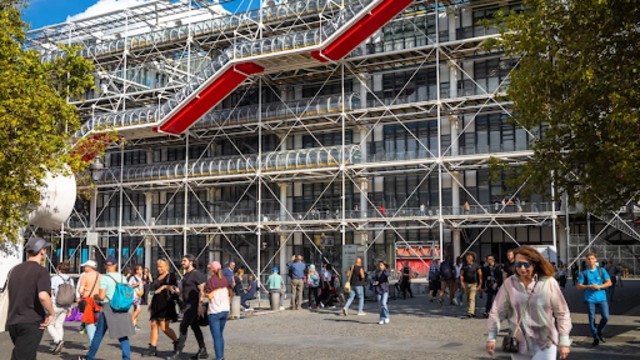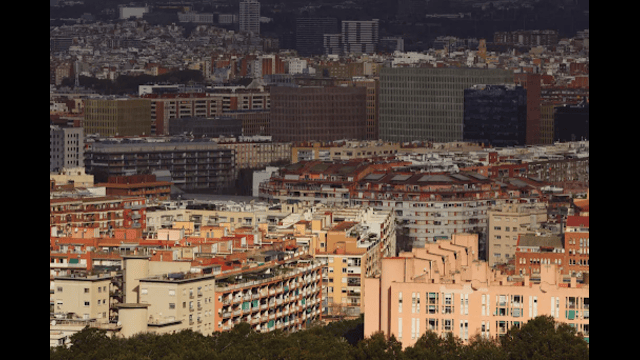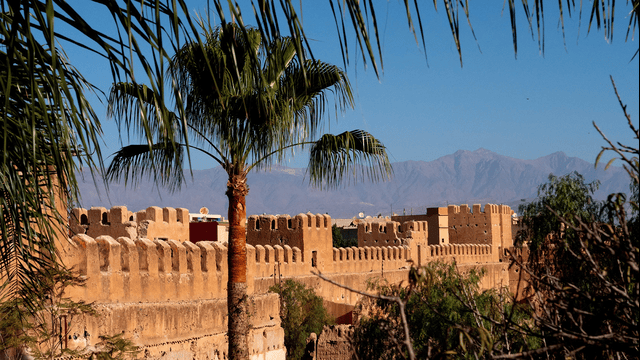
The Centre Pompidou is set to close its doors and will remain shut until 2030 for extensive renovations. Getty Images
When it first opened in 1977, the Pompidou Center in Paris was nothing short of revolutionary. Its bold industrial design, with exposed pipes and a modern aesthetic, stood in sharp contrast to the city's classic Haussmann-style architecture. Inspired by the innovative museum designs of the time, former French President Georges Pompidou envisioned a cultural hub that would combine various art forms under one roof.
Now, as the center nears its 50th anniversary, it is preparing for a five-year closure to undergo extensive renovations. This transformation, backed by France’s Ministry of Culture, aims to modernize the structure while preserving its original spirit. The work will address several pressing issues, including the removal of asbestos and a reduction in the building’s high energy consumption. Security enhancements are also a priority, given ongoing safety concerns in public spaces. The project is expected to cost around €260 million ($282 million).
The Pompidou is one of Paris’ most visited cultural landmarks, attracting around 3.2 million visitors annually. Its vast collection of 140,000 artworks includes masterpieces by Picasso, Matisse, and Chagall. The center also houses the Bibliothèque publique d’information (BPI), a free public library, and a panoramic escalator offering one of the best views of the city.
When the Pompidou Centre was built in the 1970s, its bold and unconventional design sparked widespread surprise and debate. Getty Images
Despite its popularity, concerns over the closure have sparked debate. Many in France’s art world argue that shutting the center entirely is a mistake. Last year, prominent cultural figures penned an open letter urging the government to keep the facility partially open while renovations take place. They emphasized that, unlike private museums like the Louis Vuitton Foundation, the Pompidou serves an essential public role and should remain accessible.
However, despite these objections, the closure is moving forward. The renowned architecture firm Moreau Kusunoki has been selected to oversee the redesign. Their vision includes significant changes to the building’s interior and exterior, with updates to exhibition spaces, performance areas, and retail zones. The project will also include a new panoramic rooftop deck and a "new generation hub" designed for children’s creativity and play. Additionally, the center’s underground parking lot will be repurposed into cultural spaces, reflecting Paris’ growing push against car use in the city center.
To maintain its presence during the closure, the Pompidou will relocate key facilities. The BPI and Kandinsky Library will move to the Lumière building in Paris' 12th district, while film screenings and performances will be hosted at venues such as the Grand Palais. Artworks from the museum’s permanent collection will also be displayed across France and at its satellite locations in Málaga and Shanghai.
A key attraction for visitors is the unique exterior escalators, often called the "caterpillar." Getty Images
Architects Nicolas Moreau and Hiroko Kusunoki aim to maintain the center’s original mission as a dynamic cultural hub. They plan to create a more fluid space where different artistic disciplines—literature, cinema, painting, and performance—blend seamlessly. Renzo Piano, one of the original architects, supports the renovation, stating that the project aligns with the building’s spirit while allowing room for future evolution.
While the renovation will temporarily take away one of Paris' most iconic cultural landmarks, the Pompidou assures visitors that this is not a farewell but a transformation. The center promises to return in 2030, more innovative and inclusive than ever before.















